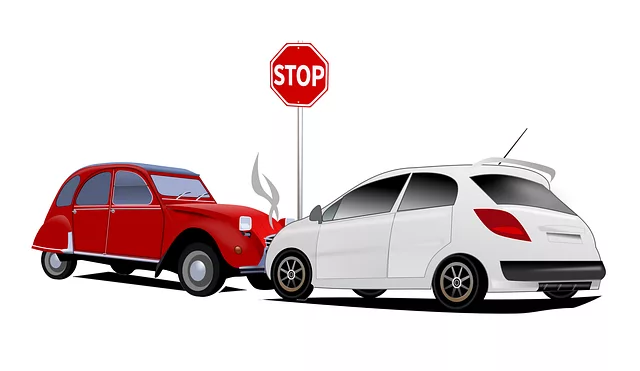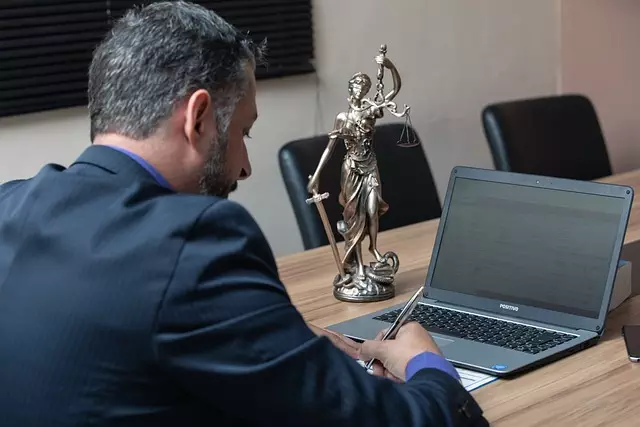In Manhattan, cyclists have equal legal rights as drivers, including using all traffic lanes and protected by traffic laws. Accidents are caused by negligent driving, poor road conditions, and non-compliance with laws. A quick consultation with a Brain Injury Lawyer NYC is crucial after a cycling accident to navigate the legal process, gather evidence, and secure compensation for medical expenses, rehabilitation, lost wages, and pain. Choose an attorney with experience in brain injury cases, clear communication, and a proven track record of success.
In Manhattan, cyclists face unique challenges on the road. Understanding your rights and knowing common causes of accidents is crucial for safety and legal protection. This comprehensive guide delves into the intricacies of cyclist rights in NYC, highlights frequent accident scenarios, and navigates the legal process for brain injury claims. If you’ve suffered a brain injury in a cycling accident, choosing the right Brain Injury Lawyer NYC can make all the difference. Learn key considerations to ensure optimal representation and compensation.
- Understanding Cyclist Rights in Manhattan: A Comprehensive Guide
- Common Causes of Cycling Accidents in NYC
- Navigating Brain Injury Claims: Legal Process and Compensation
- Choosing the Right Brain Injury Lawyer NYC: Key Considerations
Understanding Cyclist Rights in Manhattan: A Comprehensive Guide

In Manhattan, cyclists have specific rights and protections under the law. It’s crucial for every rider to understand these rights, especially when navigating the city’s bustling streets and sharing space with motor vehicles. Knowing your legal standing can empower you to advocate for yourself in case of an accident and ensure fair compensation for any injuries sustained. A Brain Injury Lawyer NYC can offer invaluable guidance on these rights and help protect your interests.
Cyclists are entitled to the same rights and responsibilities as drivers, including the right to use all lanes of traffic when safe, the right to make turns, and the protection of traffic laws. Additionally, Manhattan has designated bike lanes and paths, which further emphasize the city’s commitment to promoting cycling. Understanding these rights and being aware of local traffic laws can help prevent accidents and prepare you for any legal actions that may arise if you’re involved in a collision.
Common Causes of Cycling Accidents in NYC

Cycling accidents in New York City, particularly Manhattan, can result from a variety of factors. One of the most common causes is the negligence of other drivers on the road. Motorists may fail to yield to cyclists, make abrupt turns in front of them, or drive too close, leading to collisions. Additionally, poorly maintained roads and inadequate bicycle infrastructure contribute to accidents; potholes, missing signs, and signal lights can all pose dangers to cyclists.
Another significant issue is the lack of compliance with traffic laws by both cyclists and motorists. Cyclists may run red lights, ride on sidewalks where prohibited, or fail to use hand signals, increasing the risk of accidents. Meanwhile, drivers might speed, text while driving, or drive under the influence, making it harder for them to react promptly to cyclist movements. Brain injury lawyer NYC often handles cases involving these complex scenarios, aiming to secure justice and compensation for cyclists who have suffered injuries due to another party’s negligence.
Navigating Brain Injury Claims: Legal Process and Compensation

When a cyclist sustains a brain injury in an accident, navigating the legal process can be daunting. The first step is to consult with a qualified Brain Injury Lawyer NYC who specializes in such cases. They will help assess the merits of your claim and guide you through the necessary steps. This includes gathering medical records, reviewing police reports, and collecting evidence that supports your case. A skilled attorney will also ensure that you understand the potential compensation available for brain injuries, which can cover medical expenses, rehabilitation costs, lost wages, and pain and suffering.
The legal process involves filing a personal injury lawsuit against the responsible party, whether it’s an individual driver or a government entity. A Brain Injury Lawyer NYC will represent you in negotiations with insurance companies or in court, fighting for the maximum compensation you deserve. It’s crucial to act promptly as there are strict statutes of limitations for such cases, ensuring that your rights are protected and that you receive the support and resources needed for recovery.
Choosing the Right Brain Injury Lawyer NYC: Key Considerations

When seeking a Brain Injury Lawyer NYC, several key considerations come into play. Firstly, ensure the lawyer specialises in brain injury cases and has a proven track record of successful outcomes. Experience matters; a seasoned attorney will understand the complexities of such cases and be better equipped to navigate the legal landscape. Look for someone who has handled similar cases to yours, whether it’s a collision involving a cyclist or other personal injury disputes.
Additionally, consider the lawyer’s communication style and approach. You’ll want a legal representative who is responsive, transparent, and keeps you informed throughout the process. Effective communication ensures you’re involved in decision-making and aligned with their strategies. Referrals from trusted sources can be invaluable; asking for recommendations from friends or colleagues who have had positive experiences with Brain Injury Lawyer NYC can guide your choice.
When facing a cyclist accident in Manhattan, understanding your rights and seeking expert legal counsel are crucial steps. The comprehensive guides provided offer insights into navigating complex legal processes, especially regarding brain injury claims. With the right Brain Injury Lawyer NYC, you can ensure fair compensation for your suffering. Remember, prompt action is essential to protect your rights and gather the necessary evidence, so take a dive into these resources to make informed decisions.
